How to Make a Protein Shake Thicker?
Author:
Unlock your full potential by engaging with our experts and community! Have questions about your fitness journey or looking for expert advice on weightlifting techniques? Don’t hesitate — leave a comment below and Oleksandr Maksymenko will provide a personalized answer and insights to help you reach your goals.
Torokhtiy is reader-supported. Some links are affiliate links, and we may earn a commission at no extra cost to you. See our disclosure page for details.
We drink protein shakes in the morning or as pre- or post workout, and some of us prefer thicker shakes. However, how to prepare them? Let’s find out together 5 methods to get a thick protein shake.
How to Make a Thick Protein Shake? There are many options to do it. To enlist some of the simpler ones we have: using less liquid, using milk, adding frozen fruits, adding oats or Greek yogurt.
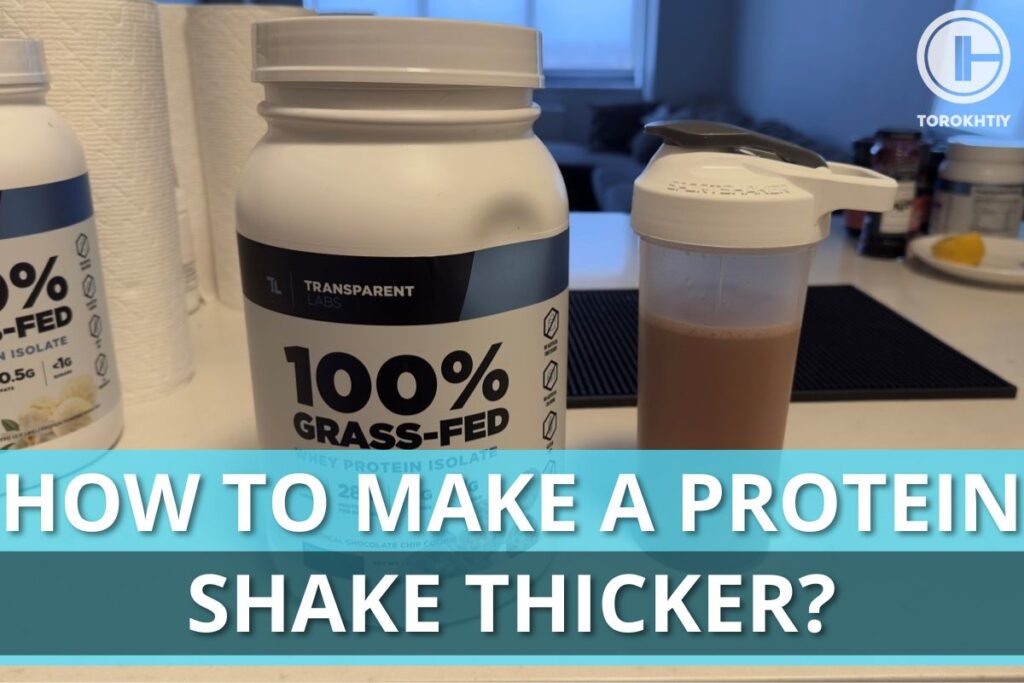
How to Make a Protein Shake Thicker: 5 Methods
Some people look for a thicker shake because they like the consistency, others because they know that in order to make it thicker they are going to add some more ingredients and, consequently, more nutrients to it.
Some also prefer thick shakes for more satiety. Here we have 5 methods that are going to help you to thicken protein shakes:
- Use less liquid;
- Use milk instead of water;
- Add frozen fruits;
- Add oats;
- Add Greek yogurt or Skyr.
1. Use Less Liquid
If you are asking yourself how to thicken protein shakes, the first option might just be using less liquid when preparing it. Experiment with the amount of liquid added to get the desired consistency. You can use the smallest amount of liquid as possible, no matter if you are using water, milk, coffee or other beverages.
To be sure about how much liquid you should add to make your protein shake thicker, you can start by using 1/2 of the amount you usually use and then gradually add more until you find your ideal consistency.
2. Use Milk Instead of Water
Milk is definitely a protein shake thickener; you can notice it by just replacing water for milk when preparing your shake, as preparing your shake with milk instead of water will surely make it thicker.
One of the benefits of thickening your protein shake using milk instead of water is that you add protein, as well as additional micronutrients, such as calcium, potassium, vitamin B2 and B12.
If you are on a weight loss diet, milk might not be the best option for you, as even though it is low on calories, it will still add calories to your shake. In order to reduce the caloric content from fats, you can add skim milk. However, keep in mind that you’ll still be getting a serving of carbs.
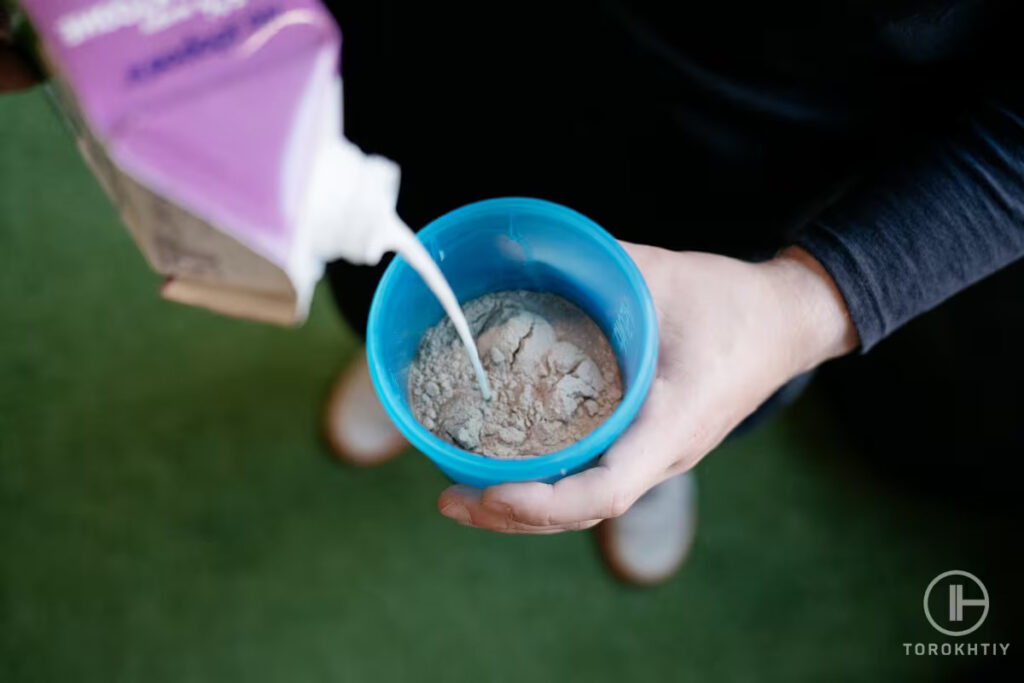
Another downside is that mixing your protein shake with non lactose-free animal-based milk will make it harder to be digested for lactose intolerant people.
You also might be wondering, what about people who have a milk allergy? In this case you can just replace cow’s milk or other mammals milk for soy, coconut or almond milk.
Besides making your shake thicker, any kind of milk (cow, coconut, almond, soy…) will also add flavor to your shake.
3. Add Frozen Fruits
Frozen fruits are a great option when your goal is to thicken protein shakes. Their frozen texture, especially fruits like banana, mango and avocado, add extra thickness to your protein shake. You can also use frozen berries.
Freezing fruits is one of the easiest, most versatile and most convenient methods to preserve fruits and to have a delicious protein shake thickener. Frozen fruits add thickness, flavor and nutrients to your shake.
And don’t worry that fruits and berries lose their nutrients when frozen. In fact, they have a similar nutritional composition to fresh fruit. Freezing can even increase the bioavailability of some nutrients.

4. Add Oats
Oats can make your protein shake much thicker and will also add fiber, some vitamins and minerals to it. Adding oats to your shake can also provide several additional health benefits, such as antioxidant properties, anti-inflammatory and anti-diarrheal effects.
However, consider the energy value of oats, because one heaped tablespoon contains approximately 15 grams of dry product and 60 kcal. Also keep in mind that adding a large amount of oats to a protein shake can make it too thick, so it’s important not to overdo it.
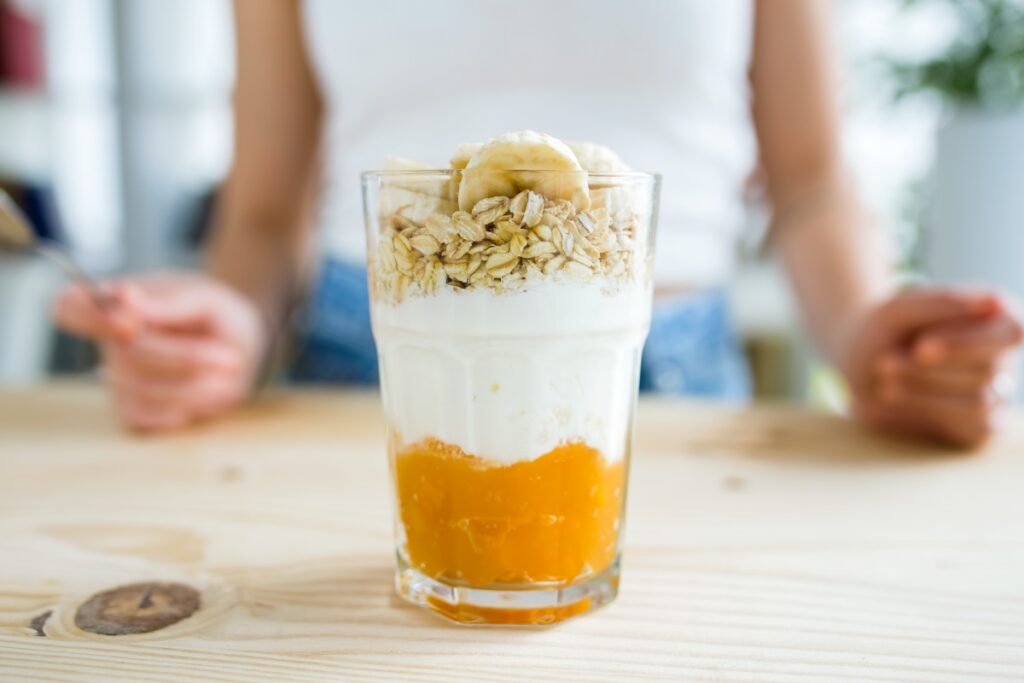
5. Add Greek Yogurt or Skyr
Greek yogurt will also be a good option when we think about how to make a thick protein shake. Adding Greek Yogurt, besides giving a thicker consistency, will also add a lot of protein to your shake plus micronutrients.
In order not to increase the calorie content too much, choose natural low-fat or fat-free yogurt, without added sugar. Another great option is Iceland skyr.
By the way, when adding Greek yogurt or skyr, you can add less protein powder into a shake, because each 100 grams of these products already contains about 10 grams of protein!
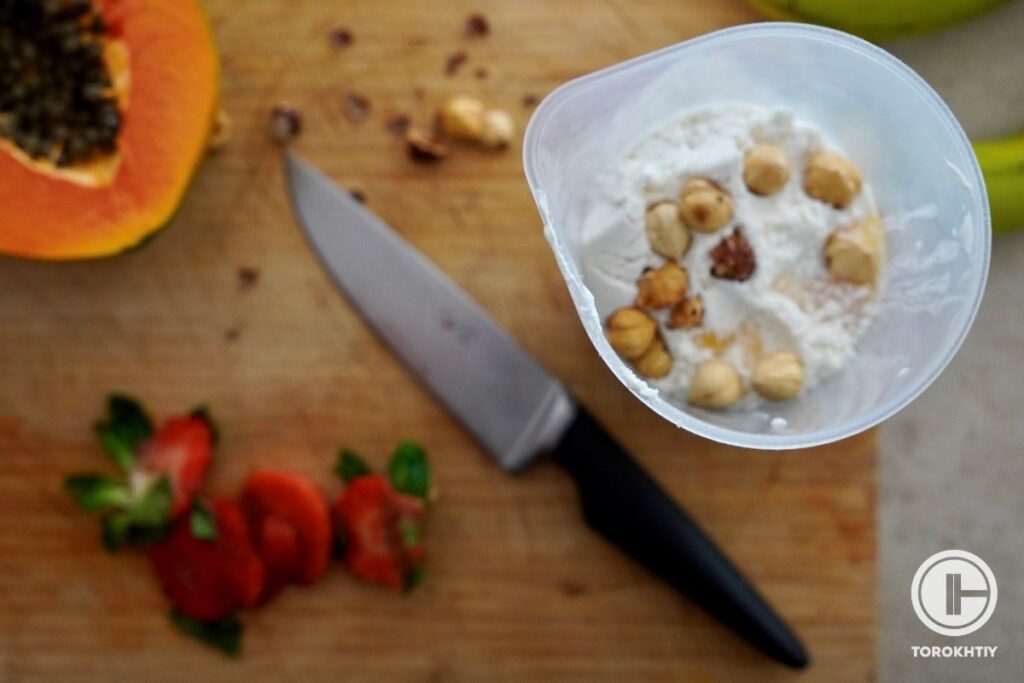
Recipes for Thick Protein Drinks
Bearing in mind all these options we have, we can just use them to thicken our shake or even combine them to make a thick, delicious and nutritionally packed protein shake.
We have brought you a simple and easy to be made thick protein shake recipe. You can make the same recipe by adding more ingredients or replacing them with other ingredients. We have here two options:
- Frozen berries protein shake;
- Banana milk protein shake.
1. Frozen Berries Protein Shake
Add
- 1 scoop of vanilla protein powder;
- more than half a glass of water; and
- ½ cup of frozen raspberries.
Blend / mix them together until you get a smooth protein shake. That’s it!
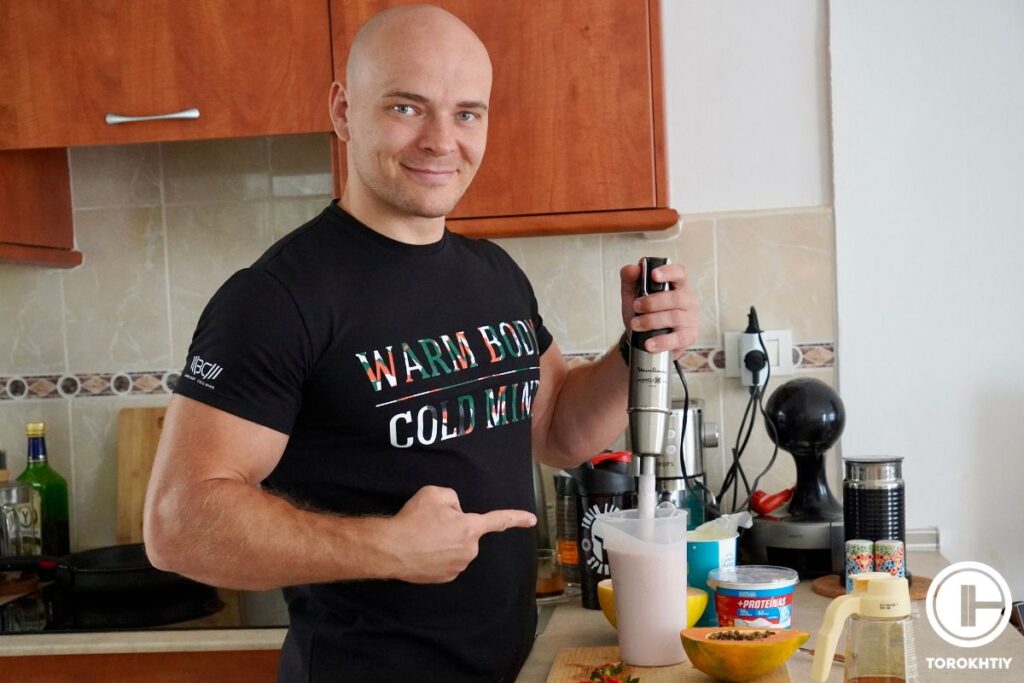
2. Banana Milk Protein Shake
The directions are very similar to the recipe above, all you need is: a) 1 scoop of chocolate flavored protein powder; b) 1 ½ glass of milk; c) a handful of frozen bananas (about 1 medium banana); and d) half of a 5 oz container of plain Greek yogurt.
Blend / mix the ingredients together until you get a smooth banana protein shake.
Use your imagination and replace the ingredients as you like. You have many options to make your protein shake thicker, just do not forget to consider the calorie and macro content of all ingredients.
Protein We Recommend
Transparent Labs Whey Protein Isolate
- Serving Size: 32.96 grams
- Price Per Serving: ~$1.8
- Protein Percent Of Weight (%): 85%
- Proteins: 28 grams
- Carbohydrates: 1 gram (depends on flavor)
- Fat: 0.5 gram (French Vanilla only)
- Added Sugar: 0 gram
- Calories Per Serving: 120
- Recommended By Athletes: Hafþór Júlíus Björnsson, Terron Beckham, Paul Sklar
I recommend Transparent Labs Grass-Fed Whey Protein Isolate and there are many reasons for this: it contains only 100% protein isolate (not a mix of concentrate and isolate), a whooping 28 grams of protein per serving and zero grams of fat.
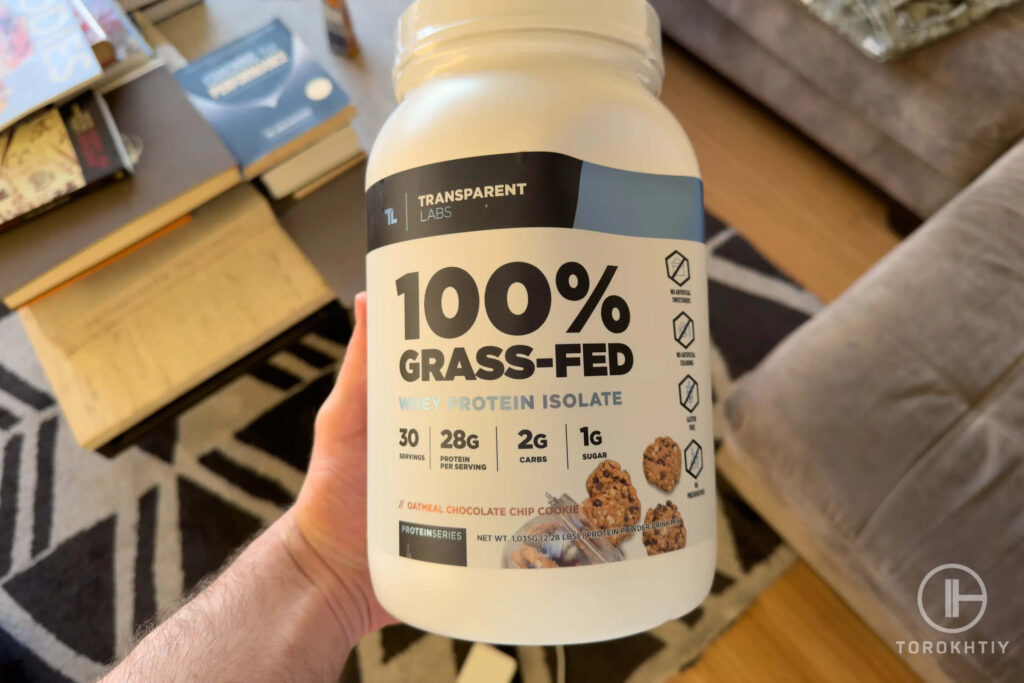
This product has versatile macro breakdown and this is why it’s suitable for any goal. Another additional bonus – very high score on Labdoor (which means that this protein is third party tested).
FAQ
Is It Better to Put Milk or Water in a Protein Shake?
If you want to make your shake thicker, milk is the better option, but consider the additional calories from protein and carbs if you use skimmed milk, and also calories from fat if you use low-fat or whole milk.
For those who have lactose intolerance or a milk allergy, cow’s or other animal milk is not suitable (if you have problems with lactose) or even contraindicated (if you have milk allergy).
Does Milk Make Shakes Thicker?
Yes, milk definitely makes a shake thicker compared to water. So in case you are wondering how to thicken a protein shake, adding milk is a good option.
What About Adding Xanthan Gum in Protein Shakes?
Xanthan gum is a popular thickening additive found in many protein powders, and it will surely help to make your protein shake thicker. When used in small quantities, this food additive is safe and may cause abdominal discomfort only in some people when used in large quantities.
Conclusion
To get a thick protein shake we can use our imagination when combining a variety of nutritionally dense ingredients such as frozen fruits, oats and Greek yogurt with our protein shake. We can change our preparation methods by using less liquid or using milk instead of water.
What about you? How do you prepare your shake? Which of these methods do you use or are going to try? Leave your comments below!
Also read:
- Raw Oats in Protein Shake
- Coffee Mixed With Protein Powder
- How To Make A Protein Shake Thicker
- Protein Shake Calories
- How Many Scoops Of Protein Powder A Day
- Does Whey Protein Cause Constipation
- Can You Mix Creatine With Protein Powder
- Whey vs Plant Protein
- Muscle Recovery Supplements Guide
References:
- The Nutrition Source // Hsph: https://www.hsph.harvard.edu/nutritionsource/milk/.
- Are Canned and Frozen Fruits and Veggies as Healthy as Fresh? // PennState: https://5210.psu.edu/canned-frozen-fruits-veggies-healthy-fresh/.
- Oats are not just healthy for your heart, but for your whole body // Canr: https://www.canr.msu.edu/news/oats_are_not_just_health_for_your_heart_but_for_your_whole_body.
- Re-evaluation of xanthan gum (E 415) as a food additive // Efsa: https://www.efsa.europa.eu/en/efsajournal/pub/4909.
- Best Protein Shakes // Fitfoodiefinds: https://fitfoodiefinds.com/best-protein-shakes/.
- Photos are made by Torokhtiy Media team; Photo by @nensuria, Freepik.com.
Why Trust Us?
With over 20 years in Olympic weightlifting, strength training, nutrition coaching, and general fitness our team does its best to provide the audience with ultimate support and meet the needs and requirements of advanced athletes and professional lifters, as well as people who strive to open new opportunities and develop their physical capabilities with us.
By trusting the recommendations of our certified experts in coaching, nutrition, and sports training programming, as well as scientific consultants, and physiotherapists, we provide you with thorough, well-considered, and scientifically proven content. All the information given in the articles concerning workout programming, separate exercises, and athletic performance, in general, is based on verified data.
The product testing process is described in more detail here.
Author: Oleksandr Maksymenko
Certified Sports Nutritionist,
MSc Sports Dietetics
Specializing in: Weight management, Fitness / Sports nutrition
Oleksandr is a professional fitness nutritionist certified by the Fitness Professional Association (FPA). He follows the principles of evidence-based dietetics and fosters a healthy relationship with food in his clients, ensuring there are no strict prohibitions on their favorite foods or frequent lapses. His primary goal is not only to achieve results for you but also to sustain them over the long term, all while enjoying tasty and delicious food.



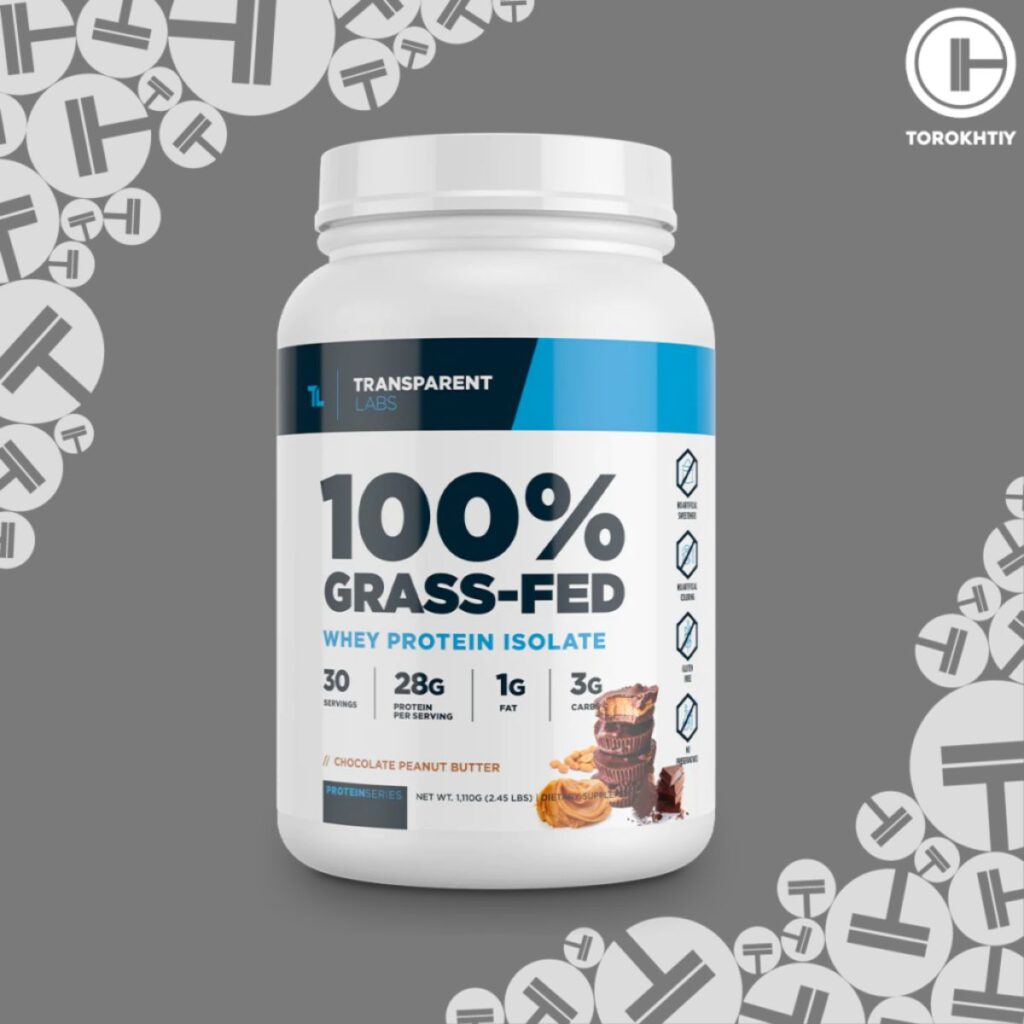
Still have questions after reading our article? Unlock your full potential by engaging with our experts and community! Don’t hesitate — leave a comment below and Oleksandr Maksymenko will provide a personalized answer and insights to help you reach your goals.